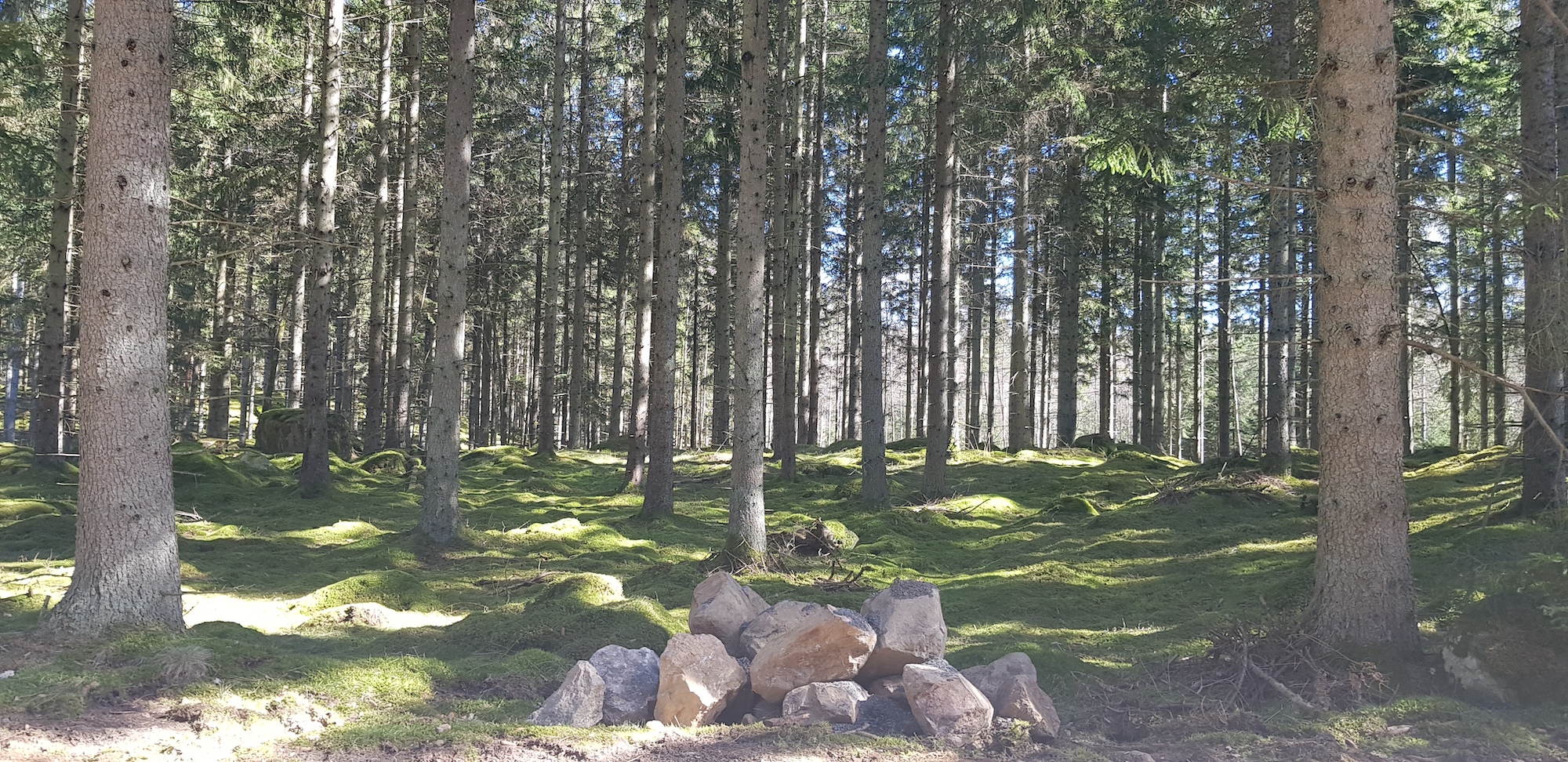
The Issue with Tree plantations and Clear Cutting: A Threat to Biodiversity and Climate Change
by bernt & torsten
Forests are an essential part of our planet’s ecosystem, and their role in mitigating the impact of climate change is crucial. Forests absorb carbon dioxide from the atmosphere, providing a vital carbon sequestration source that helps offset greenhouse gas emissions.
The type of forest management we have been using in recent years, specifically tree plantations and clearcutting, is not helping us fight against climate change. They may be exacerbating the problem.
The Problem with Tree Plantation
Tree plantations, also known as monoculture forests, are today’s most common type of forest. These forests consist of a single species of tree planted in rows to create a steady timber supply for the timber industry. However, these forests lack natural woods age, biodiversity, and complexity, making them far less effective at carbon sequestration.
Tree plantations are not only ineffective at carbon sequestration but are also a threat to biodiversity. Removing the natural habitat of many species, disrupt the ecosystem, which can lead to a decline in the populations of certain species. Furthermore, the use of pesticides and herbicides in these forests can also negatively impact the environment and human health.
The Problem with ClearCutting
Clearcutting is another form of forest management that involves cutting down all trees in a given area, often in the name of harvesting timber or creating space for agriculture. While clearcutting may seem like an efficient way to harvest timber, it is a devastating practice for the environment.
Clearcutting removes trees and undergrowth, leading to soil erosion, water pollution, and habitat loss. The loss of habitat is a particular concern for many species that depend on forests for survival.
What Can We Do?
To address the problems caused by tree plantations and clear cutting, we must shift towards a more sustainable and biodiverse approach to forest management. This means protecting and preserving natural forests with the age, complexity, and biodiversity necessary to fight climate change.
Moreover, we need to prioritize the restoration of forests that have been damaged by clearcutting. This can be done through reforestation efforts that involve planting a diverse mix of trees and other vegetation, such as shrubs and grasses, that support a range of species.
Another way to restore biodiversity in clear-cut areas is through controlled burns. This practice involves setting small, controlled fires that mimic the natural process of forest fires. These fires help promote the growth of new vegetation, which can support various species and help restore the ecosystem.
Wrapping Up
Using tree plantations and clearcutting in forest management is ineffective in fighting climate change or protecting biodiversity. Instead, we must shift towards a more sustainable and biodiverse approach that prioritizes preserving natural forests and restoring damaged areas. By doing so, we can help to protect our planet’s ecosystem and create a more sustainable future for ourselves and future generations.

The AI boom – a ticking energy bomb
Yes, the rise of artificial intelligence indeed presents a conundrum, not unlike the many...

Three Ideas To Keep Your Construction Business Running Smoothly
If your construction business is currently struggling, then you need to work out how to get...

Business vs. GPTs: Navigating the Challenges of Personalized AI
The recent proclamation by OpenAI has caught the attention of $20 ChatGPT Plus subscribers,...